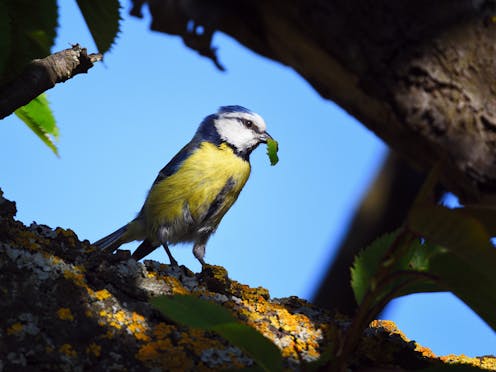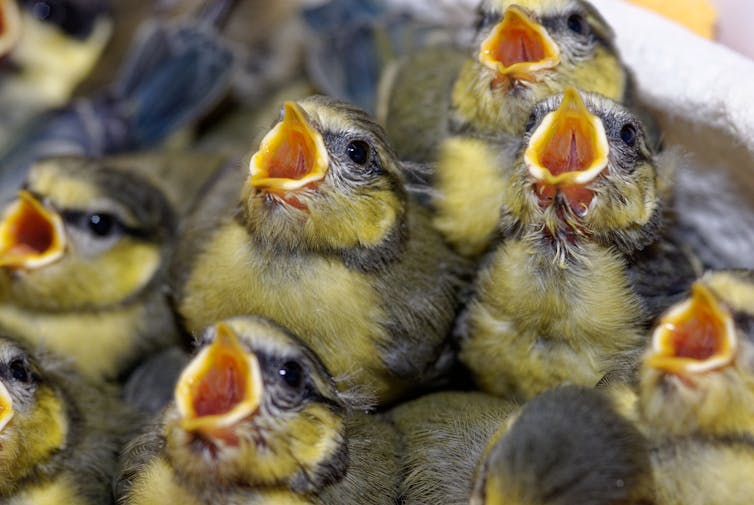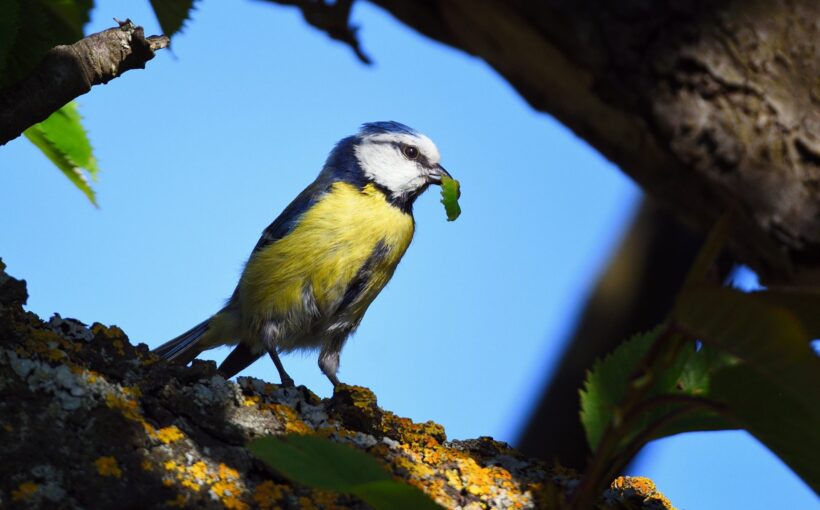
“There are really four dimensions,” begins the narrator of The Time Machine, H. G. Wells’s classic Victorian adventure novel. “Three which we call the three planes of space and a fourth, time.” Humans cannot help but think of time as somehow different, perhaps because, as the narrator muses, we continuously move in one direction along it from the beginning to the end of our lives.
This limitation affects how we see nature. We can fail to appreciate that, for living things struggling to survive, environmental conditions change through both space and time. Consider a plant growing on a windswept mountain versus a sheltered valley, or in the gentle summer sun versus the height of winter. To survive, animals and plants must adapt to all four dimensions of their environment.
Environments can change across days, months and years; in a steady direction, as with the recent warming of mean global temperatures, or in the cycle of seasons. Where conditions change cyclically they are, at least to some extent, predictable, and animals and plants can align phases of their life history with the best periods.
Many mammals, for example, will mate in autumn and winter (depending on how long they gestate) so that their offspring are born in pleasant springtime conditions.
Spring is happening earlier in temperate climates now that the world is warming, but not uniformly so, because different species respond in different ways.
Herbivores seem to respond much more strongly to warming temperatures than the plants they feed on, and insects more than birds. Scientists worry that these differences could disrupt delicately synchronised food chains, where the success of one species depends on them occurring at the same time as another.
However, in a new paper, I argue that even in well studied ecosystems, many species and food chains could be more resilient to disruption by climate change than has previously been assumed.
Nature is flexible
Ecologists have studied nature’s synchronised timings in one food chain in particular: temperate woodlands, like Wytham Woods in Oxfordshire, England.
As spring arrives, we see a sudden flush of greenery followed by the mass emergence of insects which feed on the leaves of those trees. The eggs of birds like blue and great tits begin to hatch, their parents incubating them in anticipation of the newly available insects on which to feed and rear them. A single clutch of blue tit chicks can consume tens of thousands of caterpillars before fledging.
In this example, there are three synchronised levels in a food chain. The success of the insects and birds depends on getting their timing right.

Nature is messy. Although seasonal cycles are predictable, they are not precise. When exactly does spring arrive? When is the best time for a blue tit to lay its eggs? These things are difficult to forecast. Even in the absence of climate change, species with synchronised life cycles must cope with uncertainty in the environmental conditions they depend on.
For example, tits can adjust the incubation period of their eggs by several days to finesse the hatch date so that it coincides with more favourable conditions.
Caterpillars hatching in spring – the focus of my own work – can find themselves with one of two problems: either they hatch too early, and there are no plants to eat, or they are too late, and foliage is old, tough and difficult to consume. In either case, they can use variability in the onset of spring to their advantage.
Not all plants come into leaf at the same time, and not all will develop at the same rate. If a newly hatched caterpillar finds itself mismatched with local foliage, it can “balloon” to a new location: spinning a length of silk similar to a spider’s web, they are carried off on the wind to a new site. Although this is a gamble reserved for the most desperate of situations, they may, with luck, land in a more suitable place.
In an experiment involving thousands of caterpillars reared in captivity, I also found that many will happily feed on a wide range of plant species as insurance against some of them not being ready. Should the young caterpillars hatch too early, they can burrow into unopened plant buds and feed inside (a strategy first observed by naturalists a century ago).
Parent moths hedge their bets against variable spring conditions by having many caterpillar offspring that all hatch at a different time. Although the start of spring varies, at least some will get the timing right and the population will persist.

Weak links
Climate change will stretch many species to breaking point. But some are better able to withstand that strain than others.
Species living in inherently uncertain environmental conditions may be more capable of tolerating the ongoing changes because they have evolved a range of means to buffer them against unpredictability. Ironically, this could include some of the best studied food chains, such as species in springtime woodlands.
In variable environments, species with less specialised diets or habitat needs are most likely to thrive. Specialists succeed by outperforming their more generalist competitors in a narrow set of conditions, but should those conditions change, they will find themselves dangerously out of place.
The green oak tortrix caterpillar, for example, a common pest which is widely eaten by birds, feeds on oak leaves alone. Its populations may lose out to increasingly uncertain seasons – with consequences for the entire ecosystem.
It is too simple to say that global warming is uniformly catastrophic for food chains, but it is equally untrue to assume they will persist regardless. There will be winners and losers, and food chains may shift and restructure, with unpredictable knock-on effects. A vital future task for ecologists must be to determine which species are most vulnerable to climate change, which are likely to be most resilient and, crucially, the limits of that resilience.
![]()
Jamie C. Weir receives funding from BBSRC.



